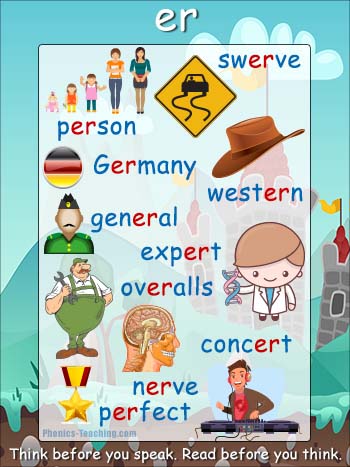

The specific gender of a noun just needs to be memorized, but it will start to seem automatic with time! Luckily, adjectives use the same form for all three plural forms of gender, though it does vary depending on the type of determiner. German has three different grammatical “genders” for a noun: masculine, feminine, and neuter (neutral). While this is also important in German, there are a few other properties of the noun that you need to consider before selecting the correct ending.

In English, the only feature of the noun that is obvious is the plurality whether we’re talking about one single object (cat) or multiple (cat s). Remember that a “definite” article is used to pick out a specific thing, something definitive, while an “indefinite” article is used to talk about a “swappable” noun, something which could be swapped for another of the same type ( an apple versus the apple). The easiest way to know which ending is appropriate is to first memorize the patterns (shown in tables below) then think of the definite article that accompanies the noun and use that to help select which ending goes along with it. While an adjective in English stays the same no matter the plurality or role of the noun, German adjectives need to be adjusted with different endings to indicate the gender, plurality, and case of the noun. This alignment, which is a type of inflection (like verbs undergo), is called declension.

While an adjective’s job in a sentence is already to make things more precise, descriptive, or colorful, German adjectives really go the extra mile! German adjectives get extra precise about their forms by aligning in several ways with the noun they describe.


 0 kommentar(er)
0 kommentar(er)
